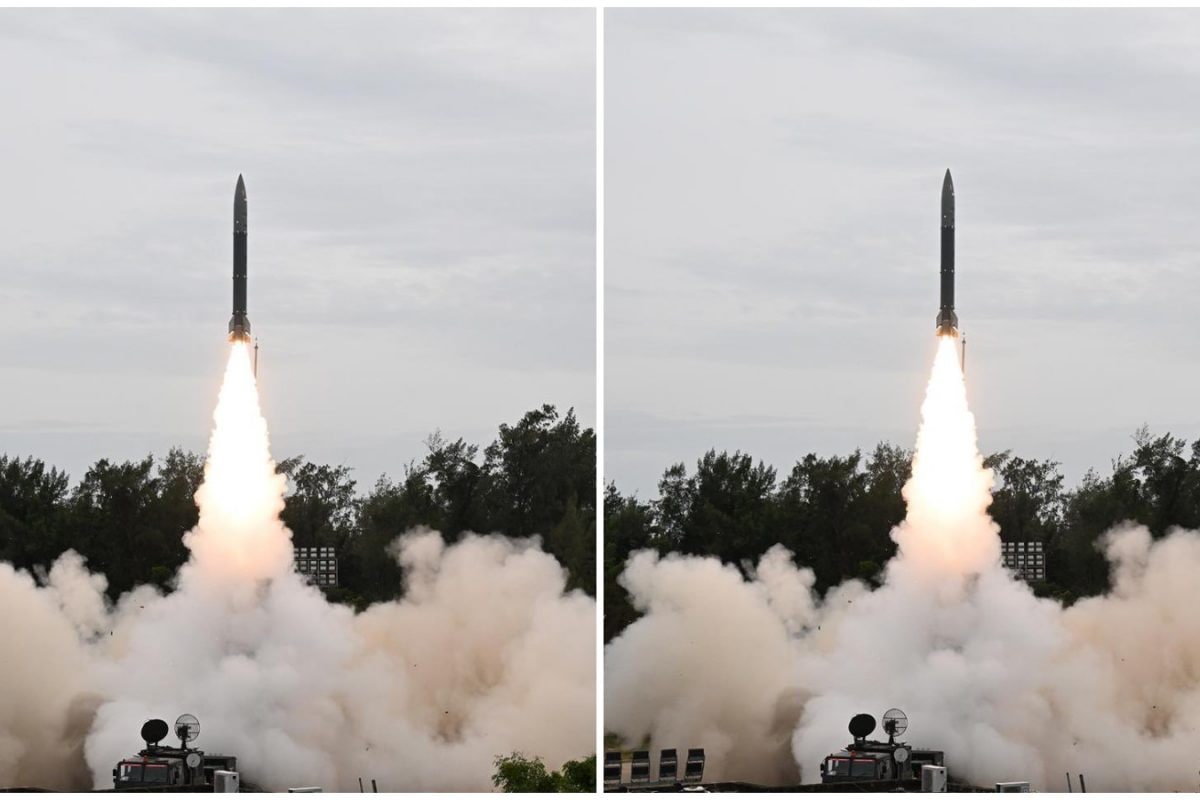

In a significant boost to India's defense capabilities, the Defence Research and Development Organisation (DRDO) successfully conducted two consecutive flight tests of the 'Pralay' missile from Dr. APJ Abdul Kalam Island off the coast of Odisha on July 28 and 29, 2025. These tests were part of the User Evaluation Trials, designed to validate the missile's maximum and minimum range capabilities. The missile precisely followed the intended trajectory and reached the target with pinpoint accuracy, meeting all test objectives.
The Pralay is India's first indigenously developed tactical quasi-ballistic missile. It is a surface-to-surface missile designed for tactical battlefield use. It employs state-of-the-art guidance and navigation systems to ensure high precision. The missile has an operational range of 150 to 500 kilometers and can carry a payload of 500 to 1,000 kg. It is capable of carrying multiple types of warheads, including conventional and nuclear.
The Pralay missile is powered by a two-stage solid-propellant rocket motor and incorporates maneuverable re-entry vehicle (MaRV) technology in the terminal stage. It is capable of reaching speeds between Mach 1 and 1.6. Its quasi-ballistic and low-altitude trajectory allows it to evade early detection. The missile is equipped with an inertial navigation system and integrated avionics for high-precision targeting and real-time trajectory correction. It can be launched from an 8x8 BEML Tatra Transporter Erector Launcher, providing mobility and rapid deployment capability.
The development of the Pralay missile involved collaboration between several DRDO labs, including Research Centre Imarat, Defence Research & Development Laboratory, Advanced Systems Laboratory, Armament Research & Development Establishment, High Energy Materials Research Laboratory, and Defence Metallurgical Research Laboratory.
The successful testing of the Pralay missile is a major milestone for India's defense industry. The missile is expected to play a key role in India's planned Rocket Force, alongside the BrahMos supersonic cruise missile. It is reportedly comparable to China's Dong Feng 12 and Russia's Iskander missile. The Pralay missile enhances India's tactical deterrence with its maneuverability, precision, and rapid deployment capabilities, strengthening the nation's strategic posture.